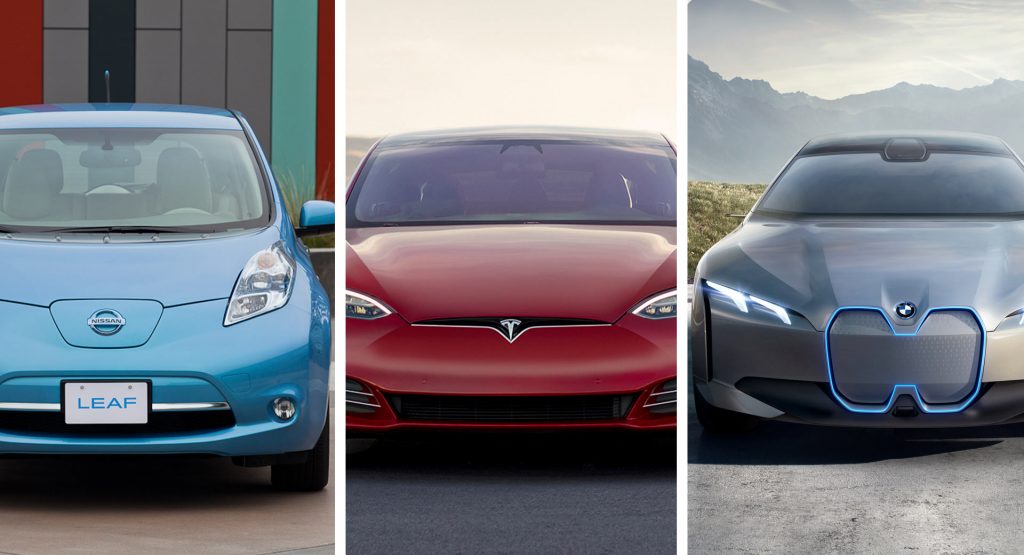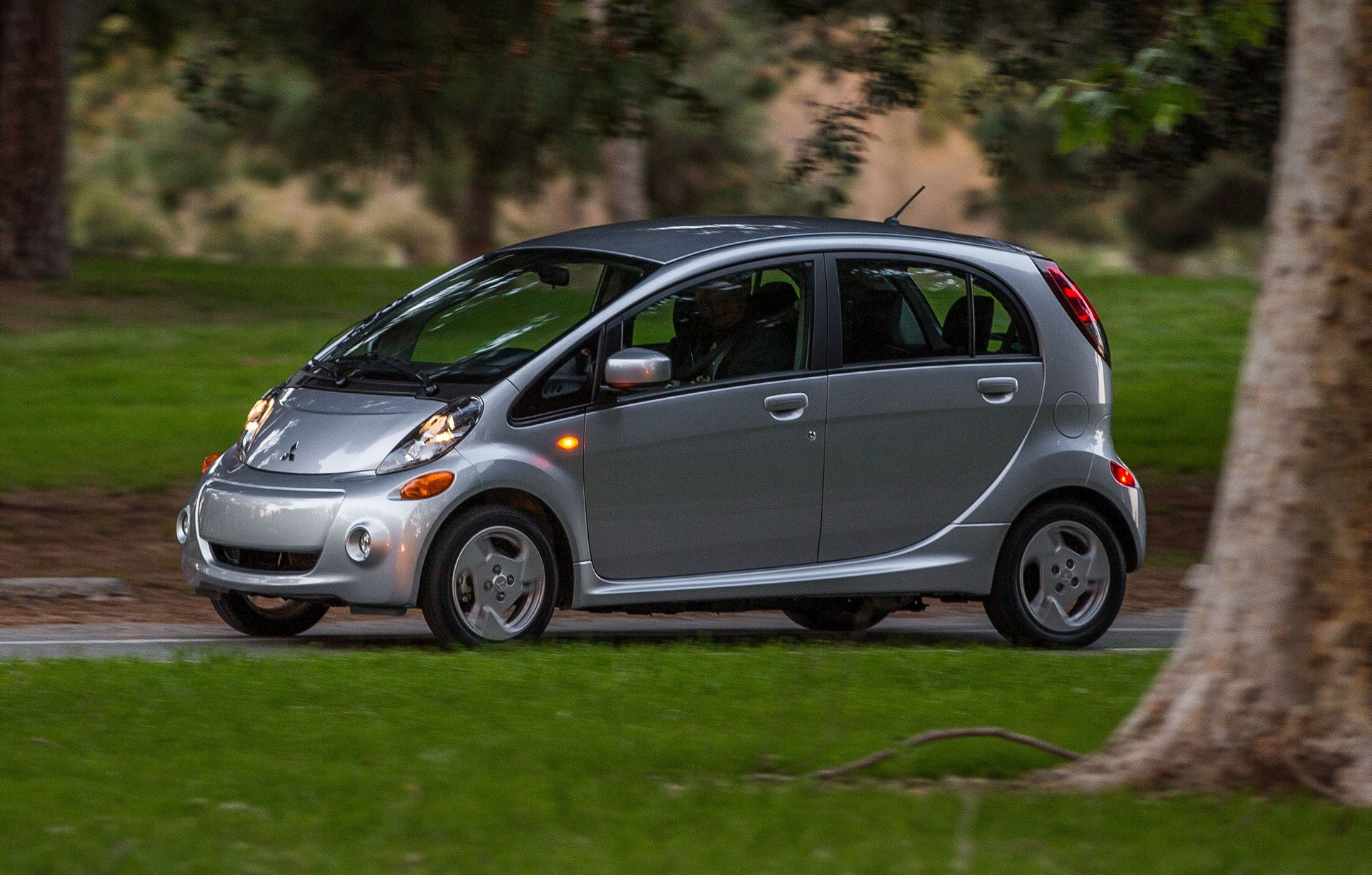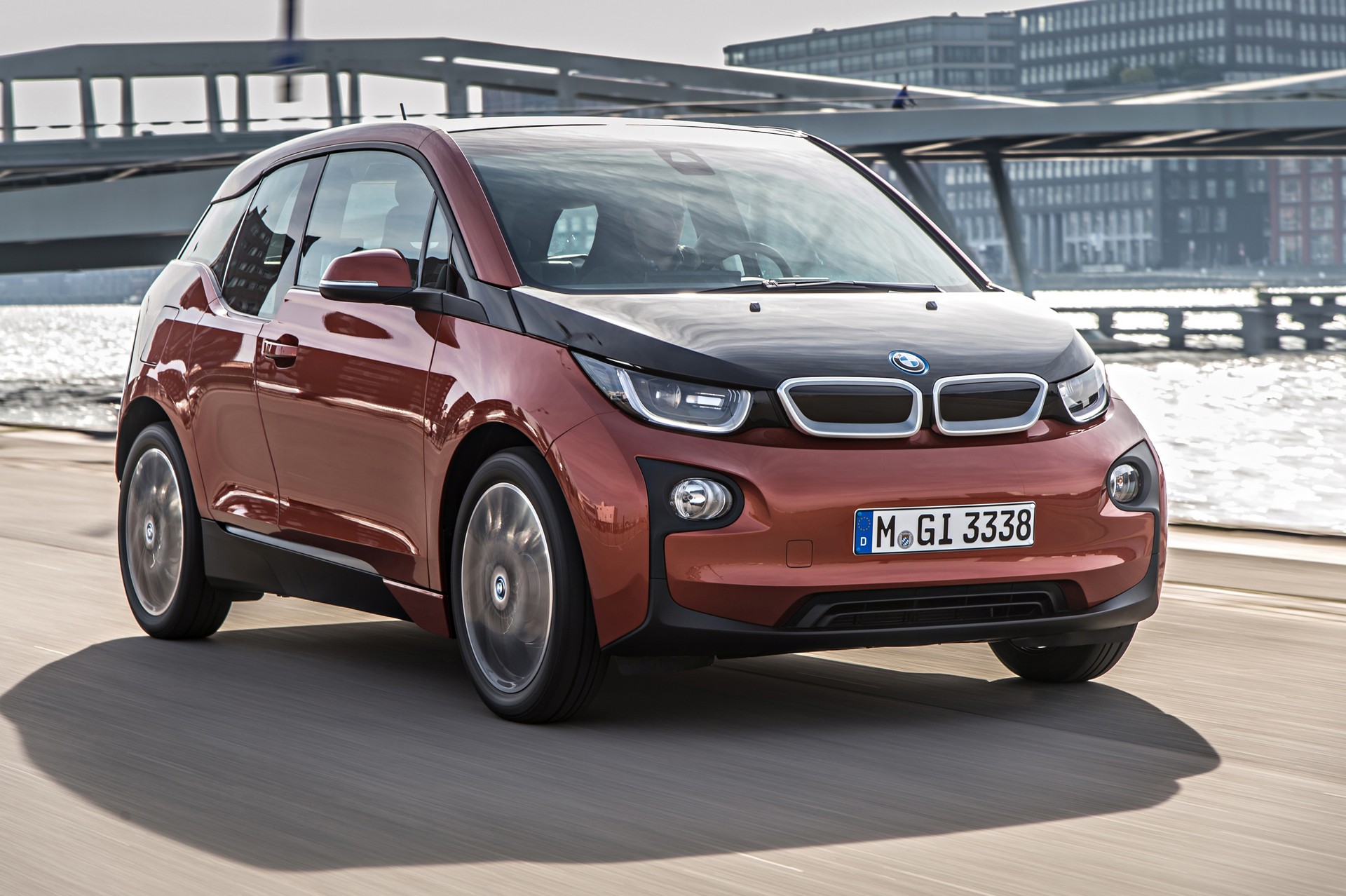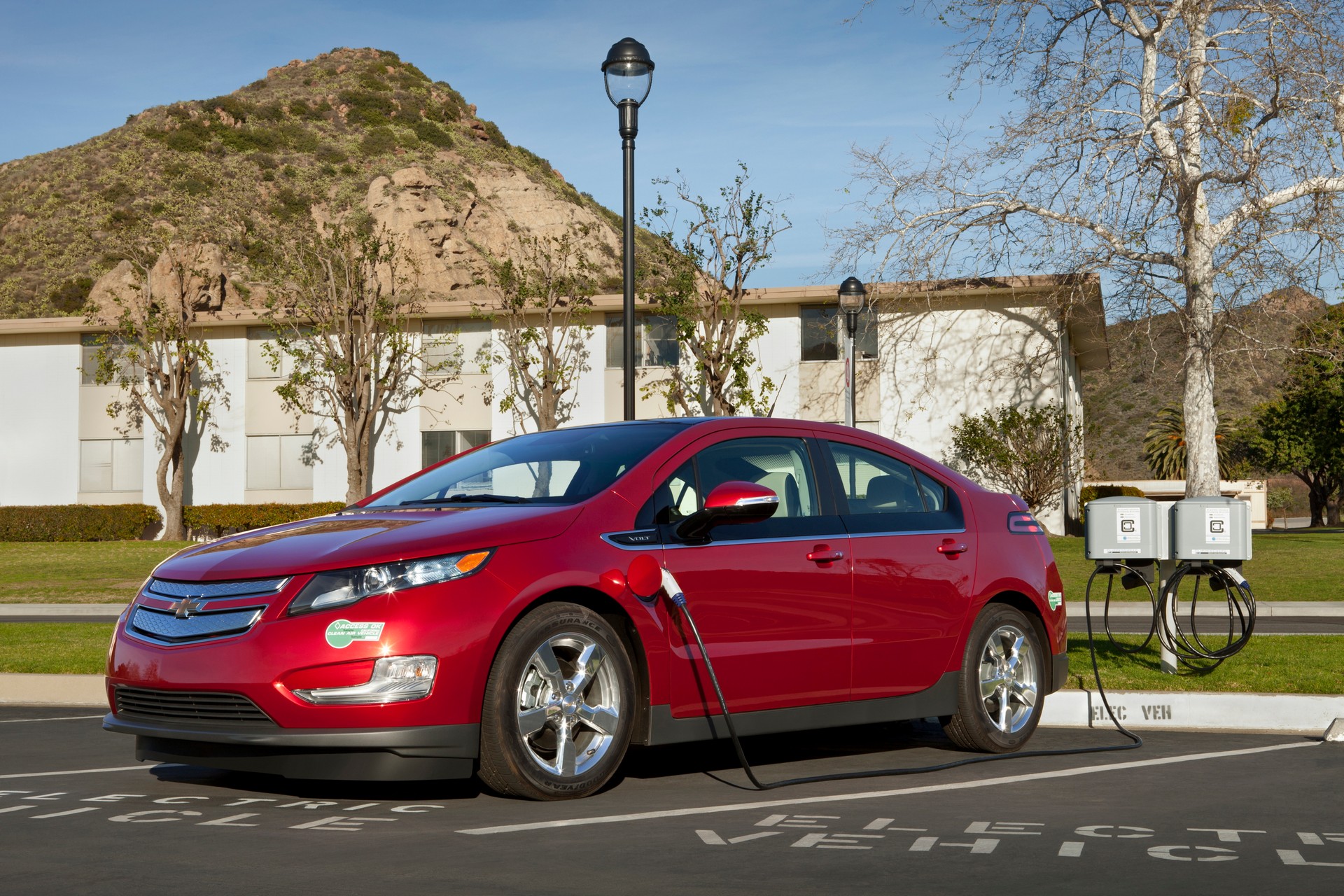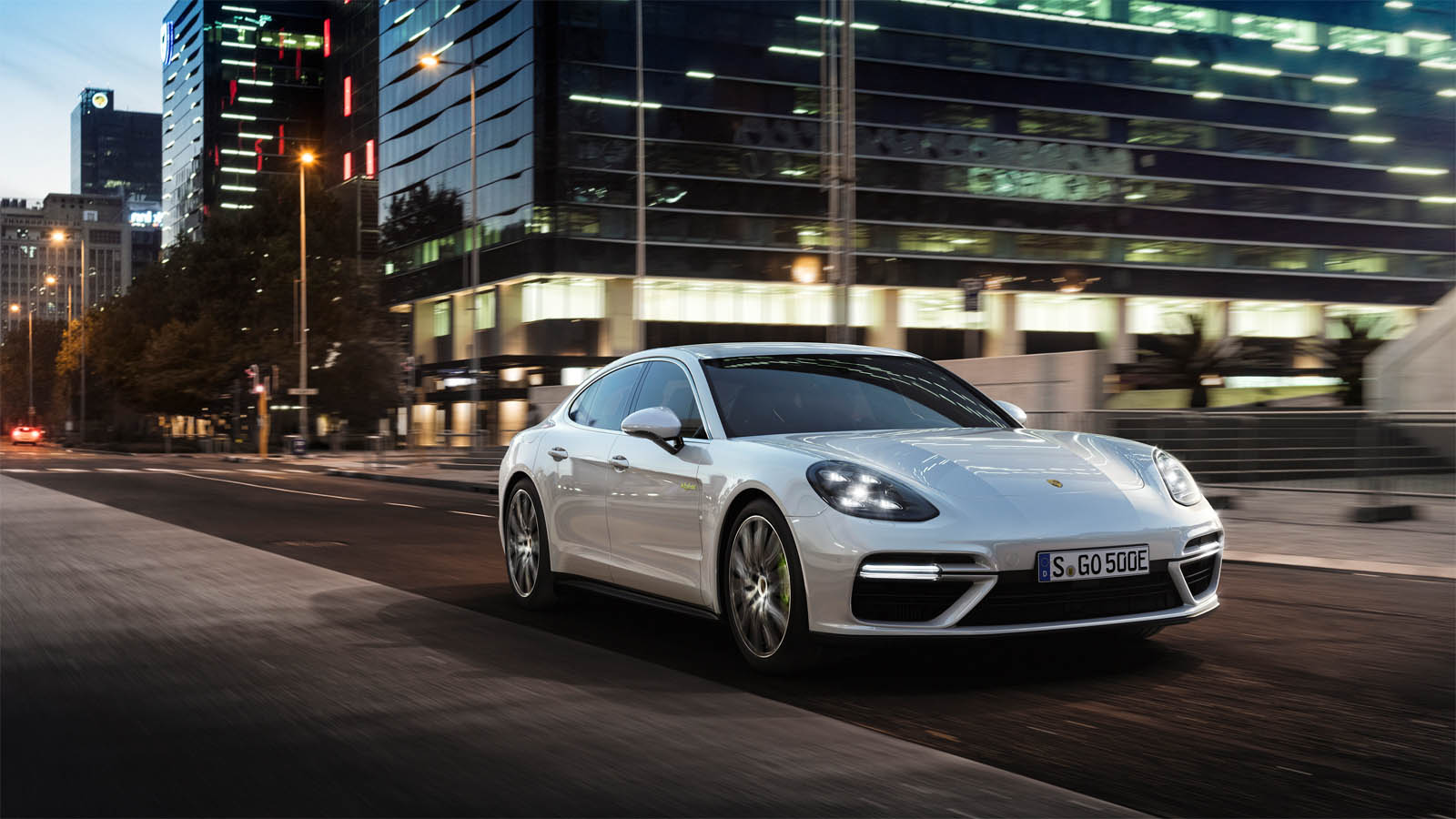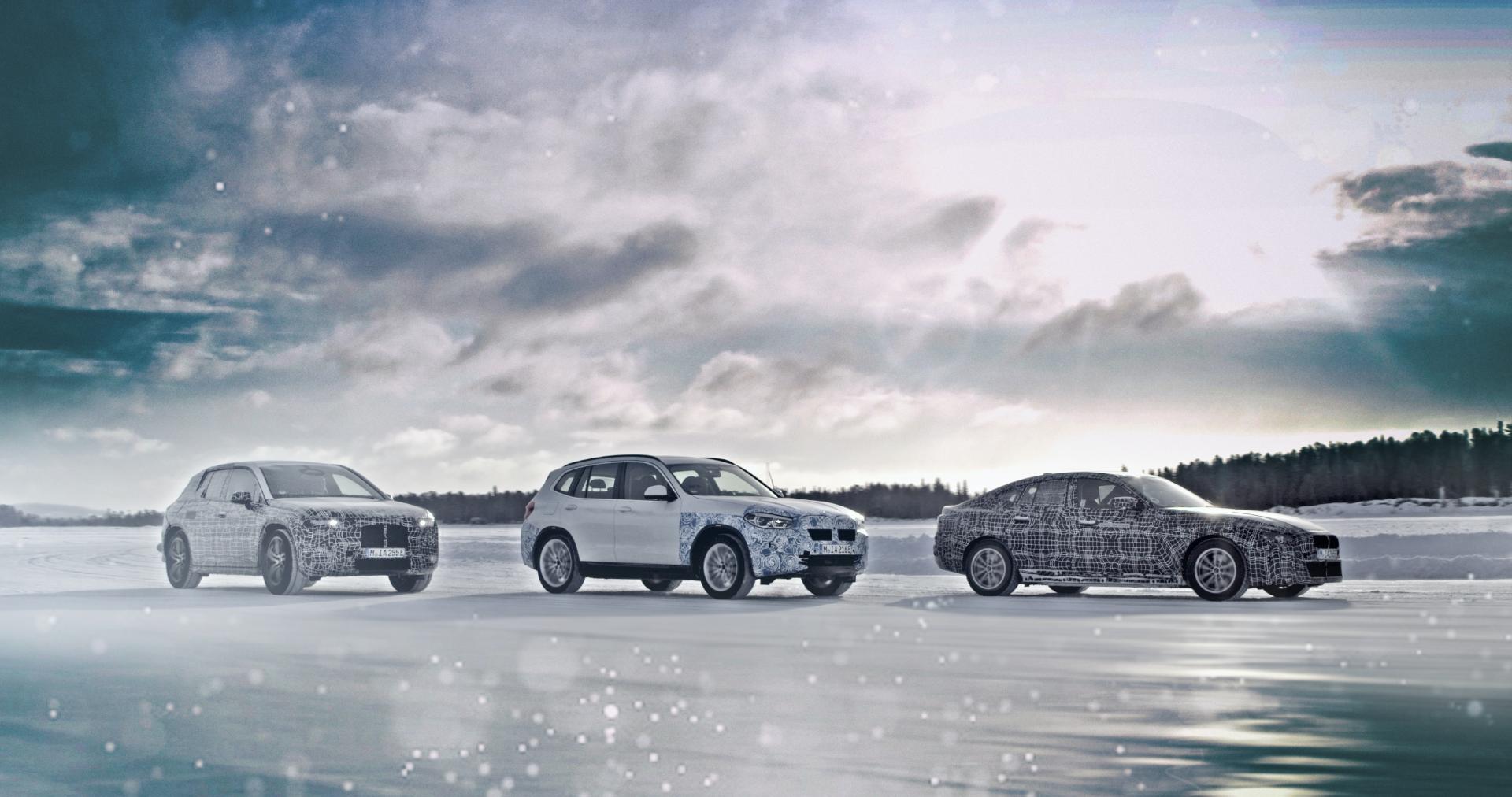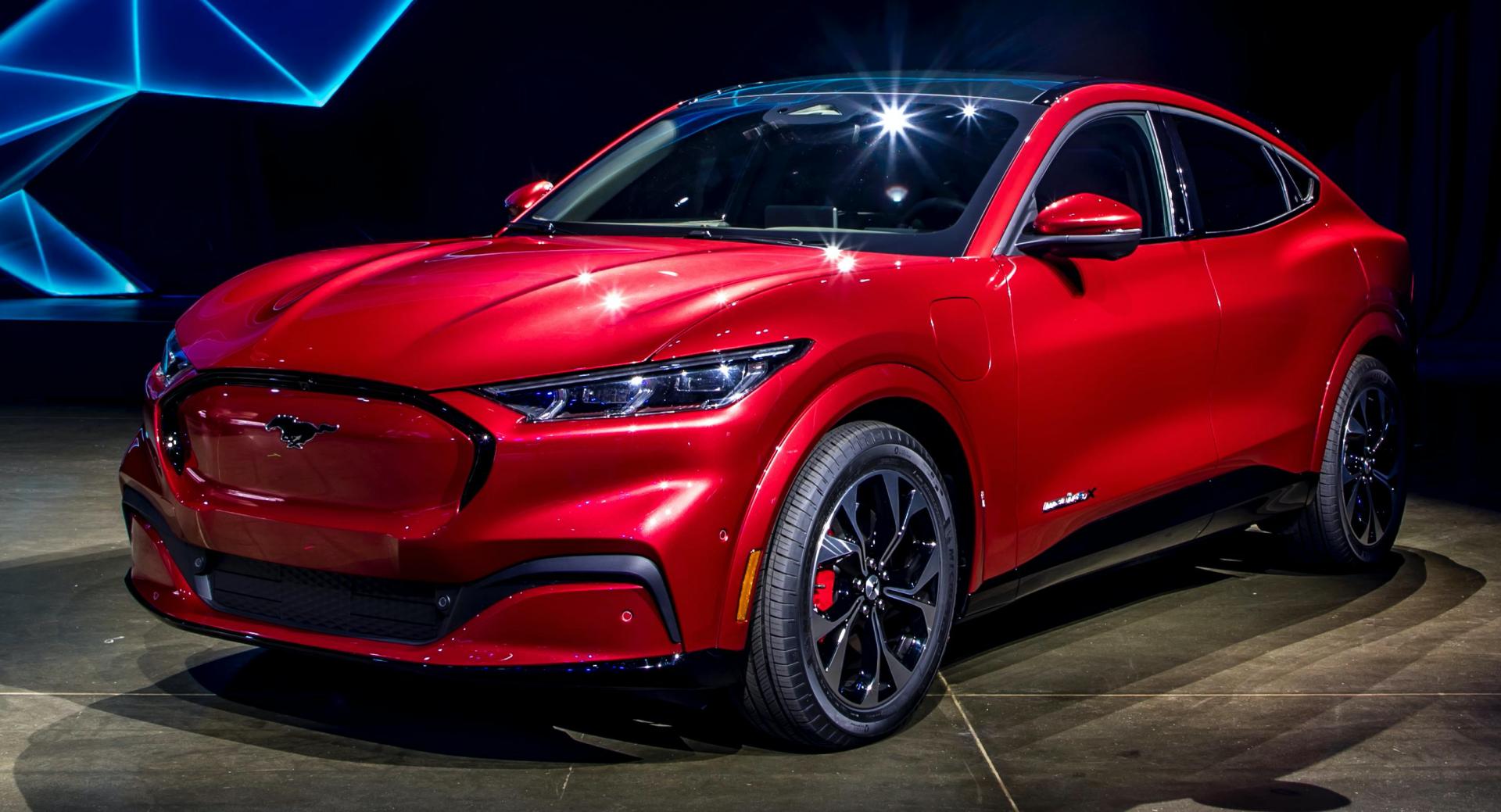Electric vehicles have been around for more than a century, but the 2010s drastically changed how consumers felt about them. It’s not hard to see why, as early EVs felt like a science experiment and offered low ranges, dismal performance and questionable styling.
To give you an idea of how far things have come, let’s look at the Mitsubishi i-MiEV, which was unveiled in 2009 and arrived in the United States for the 2012 model year. Often referred to as a jelly bean on wheels, the i-MiEV was an odd looking hatchback that felt cheap despite costing $29,125 before incentives.
Even at that lofty price, Mitsubishi boasted it was the “most affordably-priced mass-produced electric vehicle” in the United States and cost a “full $6,075 less than electric vehicles produced by other mainstream automobile manufacturers.” Of course, there were some tradeoffs as the US-spec model only had 66 hp (49 kW / 67 PS) and a range of 62 miles (100 km).
The i-MiEV is a bit of an extreme example, but it highlights the problems with early EVs. They were seen as oddities that were slow, uncool and not very practical.
However, things started to change with the introduction of the 2011 Nissan Leaf. Designed from the ground up, the first-generation Leaf featured funky styling but it was practical and widely available.
Of course, it had limitations of its own, including a range of just 73 miles (117 km). Thankfully, the electric motor wasn’t too bad as it developed 107 hp (80 kW / 108 PS) and 207 lb-ft (280 Nm) of torque.
The Leaf made switching to an electric vehicle less of a trade-off, but it was still far from ideal. However, it become relatively popular as the company sold 9,674 units in the United States in 2011 and that number more than tripled to 30,200 units in 2014.
The vehicle that really changed the game, however, was the Tesla Model S. It showed that EVs could be stylish, powerful and practical. It also offered impressive performance and a long range, which effectively made it the first electric vehicle to check all these boxes.
The Model S was launched in 2012 and featured a massive 85 kWh battery pack. This was a revelation, as it enabled the car to travel 265 miles (426 km) on a single charge. That’s four times further than the i-MiEV and is still impressive even today.
Speaking of the powertrain, the Model S featured two electric motors, all-wheel drive and insane performance as the car could rocket from 0-60 mph (0-96 km/h) in 2.8 seconds. If that wasn’t impressive enough, it was equipped with a massive 17-inch touchscreen infotainment system that felt futuristic and is still relatively unrivaled nearly a decade later.
While Tesla didn’t invent the electric vehicle, the company showed EVs didn’t have to be half-baked oddities and that there was consumer demand for them. This resulted in a seismic shift and now virtually every automaker is working on electric vehicles and some are even planning on going electric-only.
Of course, Tesla isn’t the only reason why automakers are going electric, and a number of companies had plans for EVs long before the Model S arrived on the scene. One of them was BMW, which showed the i3 concept in 2011 and introduced the production model two years later. The hatchback has been a hit in Europe and BMW recently extended its production until 2024.
While electric vehicles are becoming more common, everyone isn’t ready to make the switch. As a result, the 2010s saw a number of companies embrace electrification.
One of the most prominent examples is the Chevrolet Volt, which was launched in 2010. Featuring a 1.4-liter four-cylinder engine, a 16 kWh battery pack and an electronic motor that developed 149 hp (111 kW /151 PS) and 273 lb-ft (370 Nm) of torque, the Volt promised the benefits of an EV without the range anxiety.
In order to do this, the engine acted like a generator that would recharge the battery when it was low. The original 35 mile (56 km) electric-only range wasn’t terribly impressive, but it was long enough for the typical commute – and you had the ICE to act as a range-extender.
Unfortunately, the Volt didn’t catch on and the company never managed to sell over 25,000 units annually in the United States. This, and the shift to EVs, ultimately doomed the Volt, but it has earned its place in history.
While the Volt didn’t set the world ablaze, electrification isn’t just a buzzword anymore. A number of new vehicles have a standard mild hybrid system and plug-in hybrids are growing in popularity.
This is particularly true in Europe where the dieselgate scandal and environmental pressures have pushed companies to go green. In the case of BMW, the company now offers 12 electrified models and are on track to have a quarter of all vehicles sold in Europe electrified by 2021. That number is expected to increase to 50% in 2030.
BMW isn’t alone in this effort; Porsche has embraced plug-in hybrids as well. This would have been inconceivable not too long ago, but the company now offers a handful of eco-friendly models.
Despite their green credentials, some offer impressive performance as the Panamera Turbo S E-Hybrid has a combined output of 677 hp (505 kW / 686 PS) and 626 lb-ft (847 Nm) of torque. This enables the car to run from 0-60 mph (0-96 km/h) in as little as 3.2 seconds and hit a top speed of 192 mph (309 km/h). More importantly, the model can travel 14 miles (22.5 km) on electricity alone.
While plug-in hybrid technology has been largely limited to the luxury segment, it’s spreading to mainstream models. The Toyota Prius Prime and Mitsubishi Outlander PHEV helped to pave the way and now they’re being followed by models such as the Toyota RAV4 Prime and Opel Grandland X.
We’ll obviously see more hybrids in the future as a number of companies are planning to have a fully electrified lineup by the middle of the next decade. This is good news for drivers as they’ll no longer have to trade performance for fuel efficiently.
The future for electric vehicles also looks bright, as there are dozens of models on the horizon. However, EVs represent a tiny faction of overall vehicle sales and models such as the Audi e-tron and Jaguar I-Pace haven’t been meet with much enthusiasm.
As a result, it remains unclear if there will be sufficient demand for the oncoming onslaught of EVs. That being said, there are some positive signs. Rivian appears to have two hits on their hands and Ford seems optimistic about early Mustang Mach-E reservations, while Porsche has scored 30,000 reservations for the Taycan in Europe, or a third more than the total 2020 capacity that’s set at 20,000 units, with 10,000 customers placing a firm order.
It’s also worth mentioning that consumer acceptance will likely increase as EVs become more prevalent and the charging infrastructure grows to support them. Prices are also expected to fall, while battery and recharging technology improves. This means there’s a lot to look forward to – and we’ll be here to cover it all.








